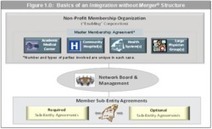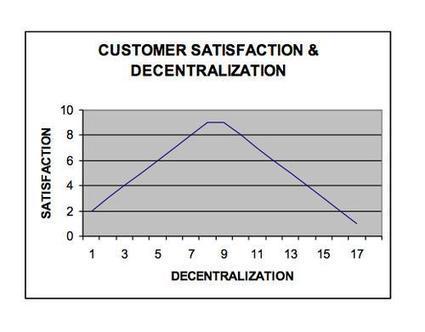6 Tips for Building Innovation Into Your Company DNA
Forbes
PJ Chan works closely with one of Kotter International's oldest clients, and she's experienced first hand the failure that follows a project-managed approach to innovation.

|
Scooped by
Billy R Bennett
onto Organization Design June 12, 2013 5:49 AM
|





 Your new post is loading...
Your new post is loading...



























Only 1 in 5 chief executives believe their companys investment in innovation are paying off.
A very important article from Kotter. However, it is not often that I have an opportunity to disagree with John Kotter but here goes...
#1 of his six tips begins "Innovation only comes by invitation." My take if you are inviting innovation you are not establishing the kind of environment Kotter next describes.
Actually, you only get innovation by creating cultures of innovation. Some do it temporarily with innovative events (designs, agile, kaizen, etc). However sustained innovation only comes with a business designed to be innovative - which also means removing barriers to innovation.
Here is a good question... Is your organization designed to consistently deliver surprisingly great solutions to customers?.... or is it designed to maximize risk avoidance? My experience is that it is the later rather then the former. Which one do you see as innovative?
www.pyramidodi.com